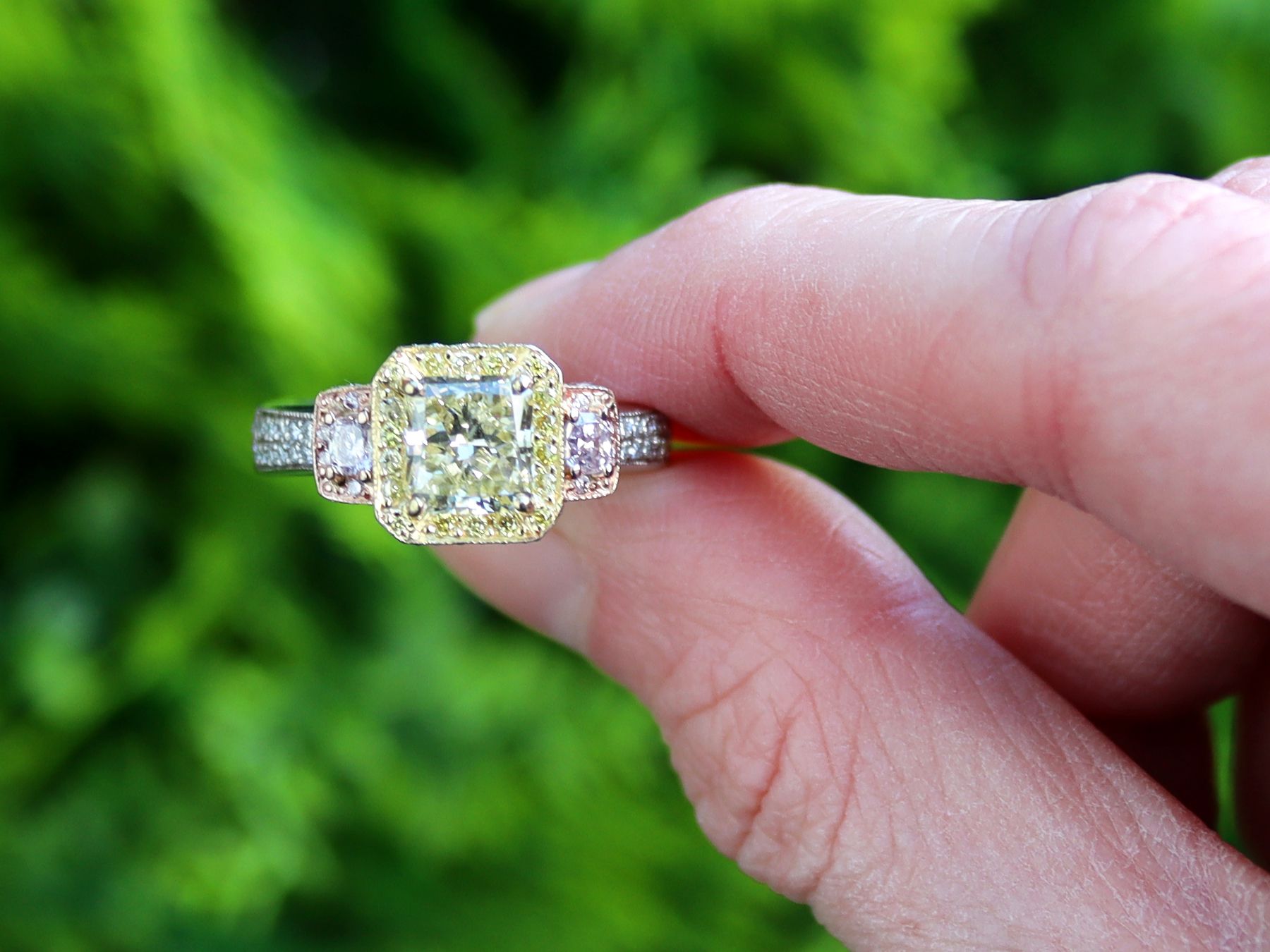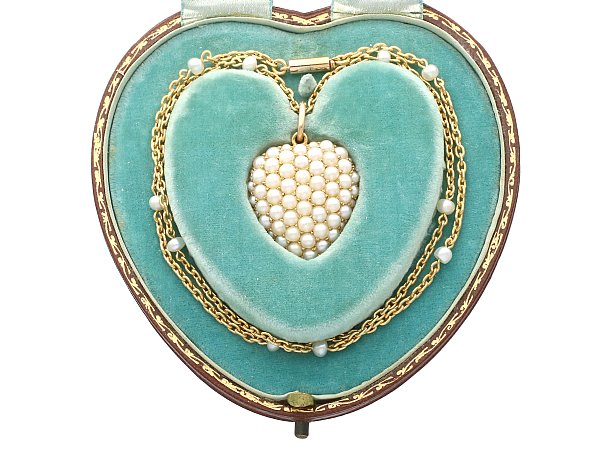An Apostle spoon is a spoon, usually crafted out of silver, which features an image of an apostle as the termination of the handle. These spoons can be dated precisely and are among the earliest surviving examples of English silver. The twelve apostles that feature on these spoons each possess their own distinctive emblem, and a complete set is representative of the Last Supper of Christ in their company. A full complete set also includes the master spoon which features the figure of Christ. A number of figures of the virgin Mary are also known. The below list matches the Apostle to the attribute that defines them.
- The Master (Jesus): a cross and orb
- St. Peter: a sword or a key
- St. Andrew: a cross
- St. James the Greater: a pilgrim’s staff
- St. James the Lesser: a fuller’s bat
- St. John: the cup of sorrow
- St. Philip: a staff
8. St. Bartholomew: a knife
9. St. Thomas: a spar
10. St. Matthew: an axe
11. St. Jude: a carpenter’s set square
12. St. Simon: a long saw
13. Judas: a bag of money
Despite their seemingly sacred religious connotations, apostle spoons initially originated in early-fifteenth century Europe as spoons used at the table. Complete sets of spoons from this period, with the same maker and date, are incredibly rare. No complete sets of thirteen are known to remain from before the 16th century.
Popularity
The apostle spoon became a popular baptismal present for godchildren in countries such as England and Germany. Supposedly, the phrase ‘born with silver spoon in one’s mouth’ originates from this custom. This continued in some communities until the mid-twentieth century, and spoons were also occasionally presented to a newly married couple as a wedding gift. In 1516, ‘Amy Brent’ bequeathed ‘XIII sylver spones of J’ hu and the XII Apostells’ in her will- the first recorded example of this. Johnson, Middleton, Beaumont and Fletcher are among multiple dramatists who allude to Apostle Spoons in their work during this period. Apostle spoons are also referenced in Shakespeare’s Henry VIII, as the King jokes with his advisor Cranmer, saying ‘Come, come, my lord, you’d spare your spoons’. They were most popular in England and Germany and became collectable in the Victorian times. During this era the Victorians revived the design and created miniature versions for coffee spoons and reproduced original designs. You can tell the difference from original designs and forged ones as the proportions and casting of more modern examples are often too perfect.
Downfall
The popularity of apostle spoons peaked pre-reformation, when belief in the services of a patron saint was still strong. But ‘heathens’ aren’t solely to blame for the declining popularity of the Apostle spoon. During the reformation period (more information available on this page), the social belief of iconoclasm was enforced. Here, the removal of religious images was encouraged, as these were said to undermine the Decalogue’s prohibition of idolising sculpted images of God. Despite this, some spoons managed to survive being melted due to their status as ‘family heirlooms’.
More recent examples of the apostle spoon date back to the Victorian period, where the design was revived and miniaturised for use as a coffee spoon. The turn of the 19th and 20th centuries also brought with them a new design; large pairs of apostle spoons, presented in fitted boxes and often gifted as commemoration of a particularly significant religious event.
Are Apostle Spoons Valuable?
As is the case with a lot of antique silverware that’s difficult to come across, apostle spoons are highly valued today. The more the merrier is the case, as more complete sets, or sets of multiple of the same apostle finial, will fetch a higher price.
A set of 10 apostle spoons containing a few duplicates sold at auction for £48,000 in 2019, proving that well-maintained spoons of this kind are certainly appealing to collectors. The uniqueness of their designs, as well as the level of detailed work and craftsmanship that went into their creation is obvious even now, centuries later. Further to that, a collection of 12 apostle spoons containing the much-coveted master spoon featuring a finial of Jesus Christ sold at auction in 2005 for £122,000 in Sotheby’s, New York.
If you happen to have an apostle spoon in your own silverware collection, or perhaps you’ve inherited spoons with these unique finials, it’s a good idea to keep a hold of them – you have no idea what they might bring your way.
What Are Apostle Spoons Used For?
The primary recorded purpose for apostle spoons is as a gift for christenings and baptisms. A silver spoon has been a popular and traditional choice for centuries, acting as a valuable keepsake for the child and providing a nest egg for their future. With apostle spoons, it was a common choice for godparents and other close family to gift spoons with an apostle matching the name of the child. This is the main reason that full sets of apostle spoons are exceptionally rare.
The most popular apostle names throughout history are St John and St James, making these apostle spoons the most commonly found examples today. Over time, people began collecting apostle spoons to satisfy the human need for completion, and so some sets were able to be gathered together. Because of how efficiently they are dated, however, it is essentially unheard-of to have a complete collection all made in the same year. Even less common, however, is a set complete with even the master spoon – containing the figure of Jesus.
Today, apostle spoons are sometimes given as christening gifts – particularly popular choices in Scotland with the St Andrew apostle spoon. They are not used in the same way as typical everyday spoons, however, due to their rarity and value. They are collectable silverware pieces, used mostly for admiring and decorating space.
Lady alys [CC BY-SA 3.0 or GFDL], from Wikimedia Commons







